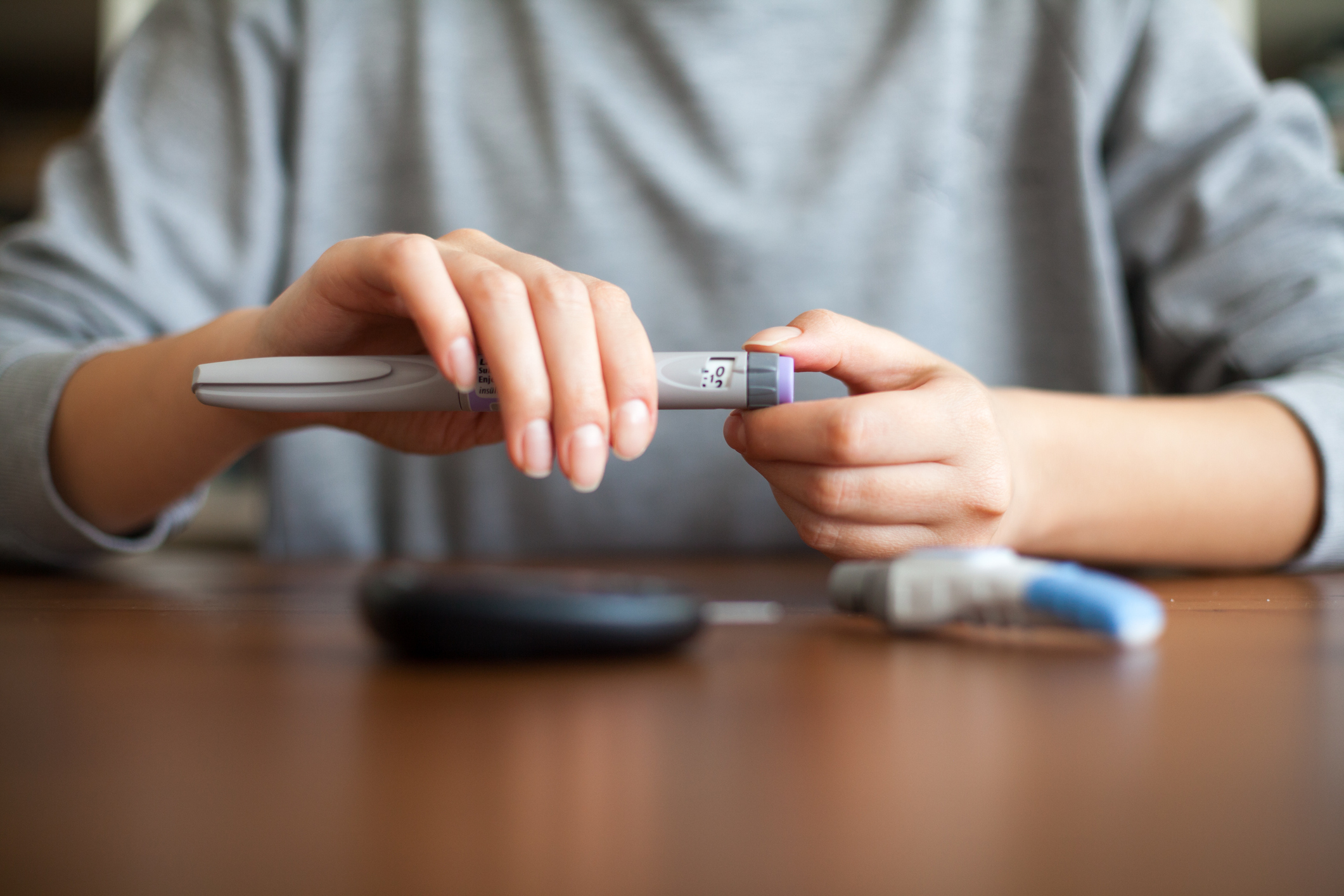It’s hard to believe that the first easy-to-use personal glucometers for blood glucose monitoring weren’t even available until the 1980s. Medical science and technology advancements over the last 40 years have been astounding and are revolutionizing the way individuals with diabetes can choose to manage their disease.
Managing Diabetes with Technology
In 2019, for the first time, the American Diabetes Association (ADA) added a dedicated section on diabetes technology to the “Standards of Medical Care in Diabetes”. While many devices and software programs can be considered diabetes management technology tools, often the first things that come to mind are blood glucose monitors and insulin delivery devices.
Initially, the only way individuals were able to give themselves insulin was via a syringe and vial. It wasn’t until the 1970s that the first manufactured insulin pump was introduced. Then, in the 1980s, the first insulin pen was introduced.
Insulin Pens
Insulin pens conveniently combine the vial and syringe into a single device.
Other features that might make insulin pens an attractive option over using a vial and syringe include:
- Easy-to-use push button injection feature
- Ease of use for accurate dosing, especially for individuals with dexterity and/or visual challenges
- Reusable “smart” pen options which include a memory function and can recall dose and timing of insulin
V-Go Insulin Delivery Device
A new insulin delivery device option, which has been on the market for about eight years, is a disposable patch-like device called V-Go.
V-Go provides a continuous infusion of rapid-acting insulin. It also has the option to provide 2-unit increments of bolus insulin with the click of a button. Many individuals might use this feature to cover eating occasions or to correct an elevated blood glucose level. The patch is filled with insulin by the user and is changed daily.
Features that might make the V-Go an appealing choice:
- Reduces amount of diabetes supplies that need to be carried, since the person is wearing their insulin delivery device
- Discrete option for receiving insulin and giving bolus doses
- Eliminates need for multiple daily injection regimen
Finding the most useful diabetes technology tools is very individualized. Not every person with diabetes wants or even needs to utilize the same technology tools.
Certified diabetes educators (CDEs) can be a great resource for explaining which technology tools might be the best fit and most cost-effective for a person’s lifestyle. CDEs can also help problem-solve issues that might occur with the use of technology tools, including answering questions regarding cost and how to use the tools.
The personal touch of CDEs enhances how patients are able to use technology to best manage their diabetes. That’s why Cecelia Health invests in a robust team of CDEs, to provide the individualized care needed for each person living with diabetes.
